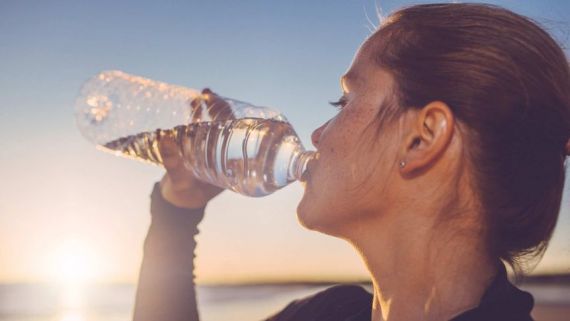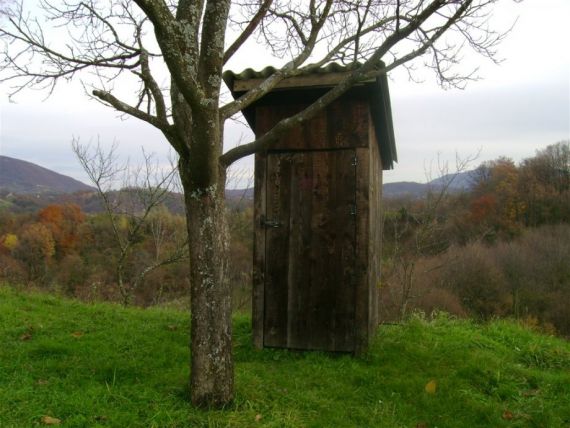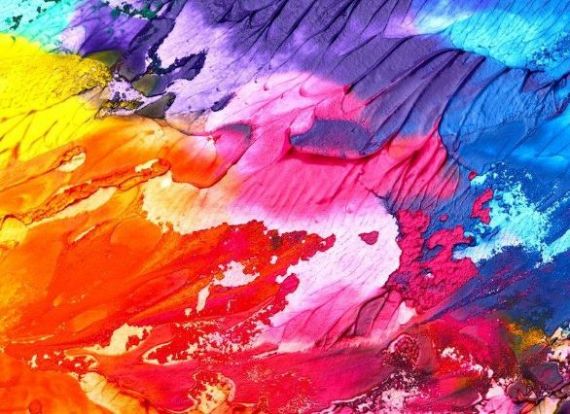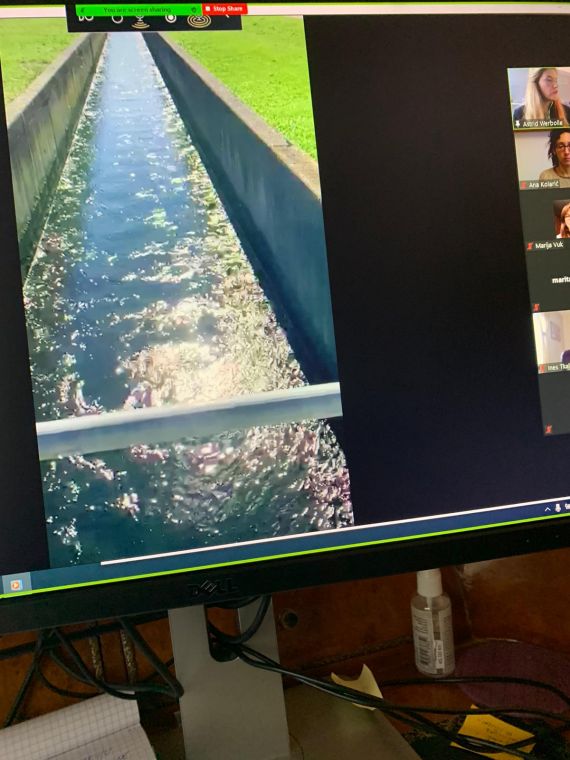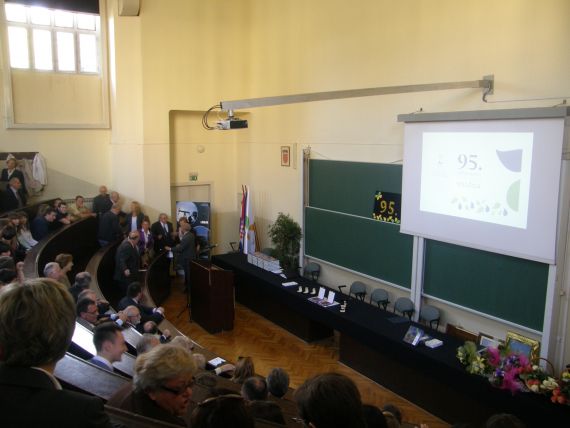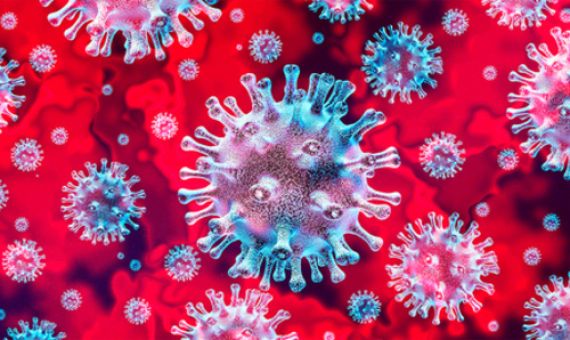Published: 25.1.2021.
The article was edited and published by Andrea Božić
With severe droughts and population growth, we will have to accept the "tap toilet" project. Cities like Perth in Australia have taken the lead in this effort.
It may not seem appealing, but recycled water is safe and tastes like any other drinking, bottled or tap water. “If nothing else, recycled wastewater is relatively sweet,” says Anas Ghadouani, an environmental engineer at the University of Western Australia in Crawley.
Still, some people find it difficult to drink recycled wastewater. But driven by drought and population growth, many cities are already incorporating recycled wastewater into their water supply. Not only is recycling becoming a necessity, it will require a sustainable aquatic future.
Using wastewater to produce drinking water can create problems for policymakers
So, if you are not already drinking recycled wastewater, you will soon will be. “It doesn’t matter,” Ghadouani says, "it is going to happen."
Wastewater is, of course, much more than eau de toilette. Think of all the water that goes down the drain every time you rinse an apple or hose off your car. That water is an unused resource, and there are many. "It's cheaper and it's a guaranteed resource," says Peter Scales, a chemical engineer at the University of Melbourne in Australia. If the average city recycled all of its wastewater, he says, it could reduce the demand for water by 60%.
The recycling of wastewater for irrigation and other non-potable purposes is already common. It is actually the same technology used in treating drinking water supplies that are contaminated - and it has been around for years.
You must first filter out all solid matter in the water. Then, in a process called reverse osmosis, you filter out the tiniest particles. As an added precaution, the water is often exposed to ultraviolet light to sterilize pathogenic microbes. “We can supply water in a very clean condition - cleaner than what we currently get from reservoirs and rivers,” says Scales.
But there is inevitably a “fudge” factor. Psychologist Paul Rozin of the University of Pennsylvania in the United States and a team of researchers recently surveyed 2,000 Americans. They found that while 49% were willing to try recycled wastewater, 13% refused, and the rest were unsure. For some people, regardless of how much they are told that the water is safe to drink, the feeling of disgust is too much to overcome - even in the most difficult situations.
A political problem
In 2006, Toowoomba, a drought-stricken city in eastern Australia tried to implement wastewater recycling. The effort was a political disaster since 62% of voters rejected the plan in a referendum. “Water recycling is extremely powerful, but it’s a real political problem,” Scales says.
Dwindling water supplies forced Toowoomba officials into a desperate situation, and they have tried to introduce wastewater recycling without giving people time to get used to the idea, says Clare Lugar, a spokeswoman for the Water Corporation, the water company for Perth and Western Australia, a region that has been drying up for 15 years. The corporation integrates recycled wastewater into its own supply. But taking a lesson from Toowoomba, it is doing so very slowly.
Western Australia is already one of the driest places on Earth, and climate change has probably made it worse. “It’s a kind of hotspot for drought,” Ghadouani says. "That's what the models predicted and that's exactly what's happening." For example, last year, Perth dams produced just 72.4 billion gallons of water - less than a third of what was needed.
To mitigate the drought, the water company turned to desalination in 2006, using seaweed to turn salt water into fresh water. Desalination is expensive but effective. Today, it accounts for 39% of the region’s water supply. Groundwater provides 43% and reservoirs supply the rest. But with a continuous drought and a growing population, recycled wastewater will provide additional security at a lower cost.
Finally, recycled wastewater could provide 20% of Perth’s water supply
The company is modeling its approach on Orange County, California: pumping recycled wastewater into aquifers to replenish soil supplies. Aquifers provide free storage, which would otherwise be expensive, and they act as a psychological protective layer to reduce the minimum factor. Although the water is already drinkable, some people feel that it is naturally purified by the earth.
Prepared by: Astrid Werbolle

